Introducing Spin 360! First 500 signups will get 25% off ||
A car dealership margins is a dealer’s profit after selling a vehicle. The profit margin is calculated by deducting the acquisition cost of the vehicle from the selling price. The profitability of a car dealership is affected by many factors, such as sales volume, overhead, competition, and market conditions. Although profit margins can vary depending on the type of vehicle (new or used) and other factors, dealerships generally aim to maintain healthy margins to cover expenses and generate profits.
Dealership Profitability
Car dealerships do more than sell cars. To ensure maximum success, you should focus on other merchandise related to the vehicle you are dealing with.
Used Car Dealership
A large group of people who want to buy a car have to wait months to get their car. As a result, more and more people see used cars as a better option.
What are the Benefits of Car Dealership Margins?
Car dealership margins can provide several advantages, including:
-Profitability: Car dealership margins allow dealers to earn a profit from selling vehicles, which is essential for staying in business and generating income for employees, owners, and investors.
-Investment: It can be used to reinvest in the business, such as by expanding facilities, upgrading equipment, improving customer service, attracting more customers, and increasing revenue.
-Competitive Pricing: These enable dealers to offer competitive pricing, which helps them attract more customers and gain market share.
-Sustainability: These margins allow dealers to cover their expenses and maintain a sustainable business model that can withstand market fluctuations and economic downturns.
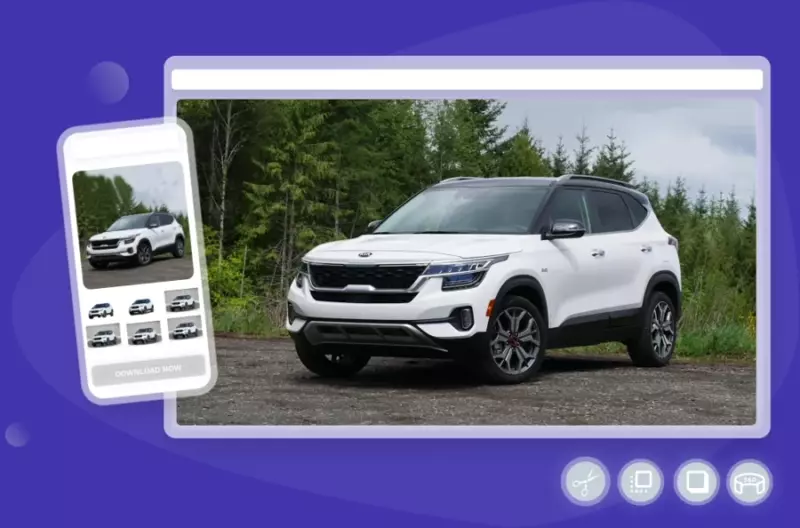
Transform amateur car images into studio-grade photos with AI in seconds. Choose from 100+ backgrounds or customize your own
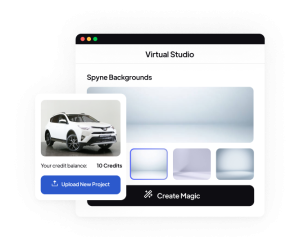
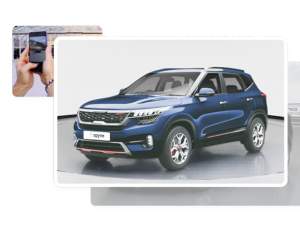
Create 360° spin car videos with AI for an immersive experience and improve customer engagement
A Blurred License Plate occurs when a car’s number plate is obscured for professional courtesy or legal necessity. Spyne’s Number Plate Blur Tool simplifies this process by automatically blurring the license plate on each of the car’s images and smoothly replacing it with the dealership’s logo. This removes the need for manually editing each number plate in each photo, when showcasing cars, and gives them a polished and uniform appearance that makes the images of the cars look professional and sophisticated.
Blurred Number Plates in Photos are needed when showcasing private or unregistered cars in a public event or online listing. With Spyne’s Number Plate Blur Tool, you can easily mask the number plates of your cars in a few clicks. The number plate blur tool obscures the number plate details of the cars and replaces them with the logo of your dealership or any other logo of your choice. The tool is user friendly and provides the desired results quickly.
Blur Plate is the process of blurring and obscuring a number plate’s details. Spyne’s Number Plate Blur Tool cleanly blurs the license plates of cars in photos. The number plate blur tool removes the details on the license plate and replaces it with a logo of your choosing instead of displaying other unnecessary information. Blurring number plates is necessary to comply with data protection regulations. The tool helps to uphold legal and privacy standards while giving the photos a more attractive and engaging look.

Solutions




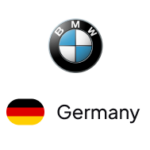
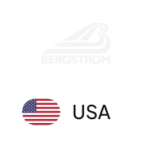

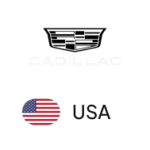

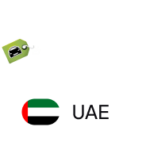
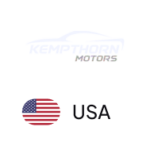
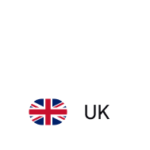
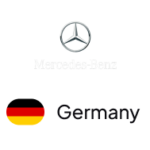
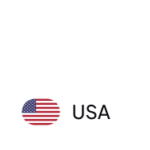
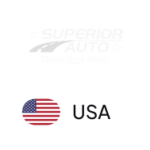
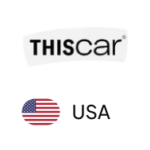
Just drop in your details to book a Demo
Platforms










Just drop in your details here and we’ll get back to you!





